Before digital silence became the soundtrack of our daily lives, the 1970s surrounded us with a symphony of mechanical and analog noises that have largely disappeared from our modern world. These everyday sounds formed the backdrop of life during the polyester decade—familiar, comforting, and now deeply nostalgic. From office equipment to household gadgets, these sonic memories connect us to a time when things clicked, whirred, and hummed their way through our daily routines.
1. The Authoritative Clack of an IBM Selectric Typewriter
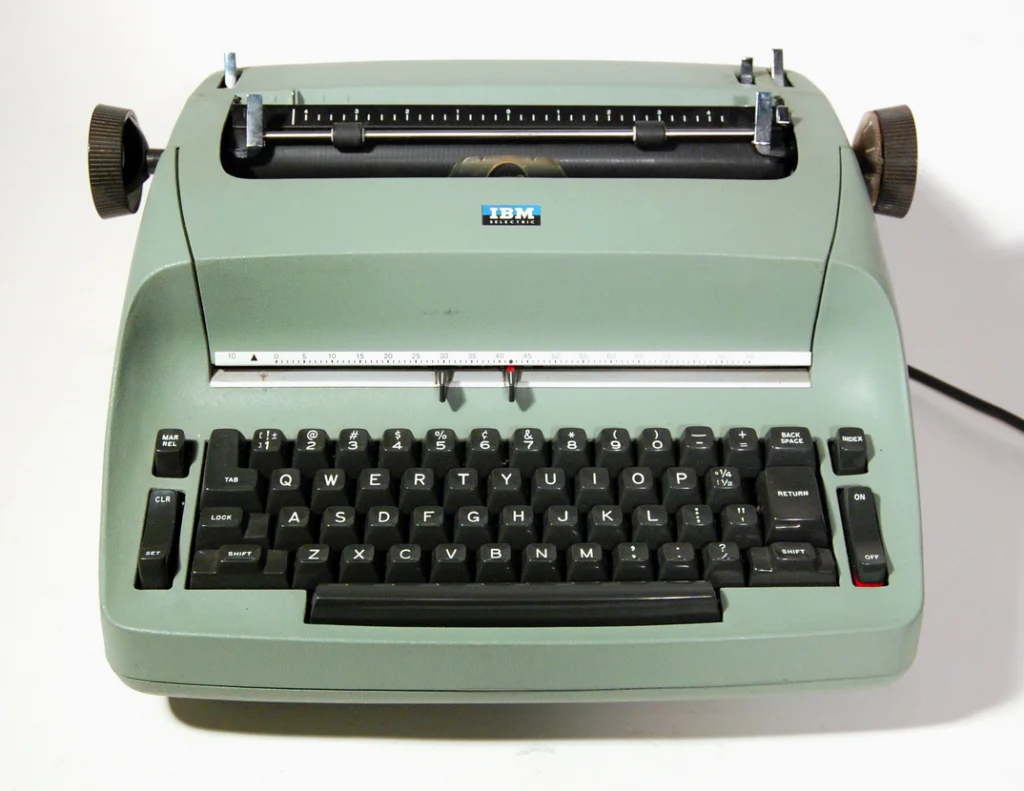
The IBM Selectric typewriter, with its golf ball-shaped typing element, produced a distinct sound that dominated offices throughout the ’70s. That confident “thwack-thwack-thwack” followed by the satisfying “zing” of the carriage return announced to everyone within earshot that Important Business Was Happening. The rhythm of a skilled typist could reach an almost musical cadence, punctuated by the occasional bell that signaled the approaching end of a line. Just recently, USA Today reported that typewriters seem to be enjoying a comeback, promising a return to more nostalgic times.
Office workers would recognize the sonic difference between a colleague taking dictation (measured, deliberate clacks) versus someone angrily typing a complaint letter (sharp, staccato hammering). The sound was so iconic that television and film productions often used typewriter sound effects to establish an office setting, even when the typewriter itself wasn’t visible on screen. Today’s silent keyboards may be more practical for open office plans, but they’ve robbed us of the auditory satisfaction that came from physically impressing words onto paper.
2. The Mechanical Whir of Rotary Dial Telephones

Before touch-tone became standard, the distinctive whirring sound of a rotary phone’s dial returning to position was ubiquitous in American homes. Each digit required a deliberate action—insert finger, rotate to the stop, release and wait for the mechanical return—creating a rhythm that reflected the importance of each call. The longer the number contained larger digits like 8 or 9, the longer the call took to dial, making long-distance numbers feel appropriately more ceremonial. GeekMom still harbors plenty of fondness for the rotary phone, and lists some compelling reasons why.
The sound was so ingrained in daily life that people could often tell who was being called just by listening to the pattern of the dial’s return clicks. Children would sometimes play with disconnected phones, delighting in the tactile resistance and rewarding sound of the dial’s return mechanism. Today’s silent screen taps may be efficient, but they’ve eliminated the small daily pleasure of that mechanical interaction and the built-in moment of anticipation as the dial returned to its resting position.
3. The Hissing Release of an Aerosol Can
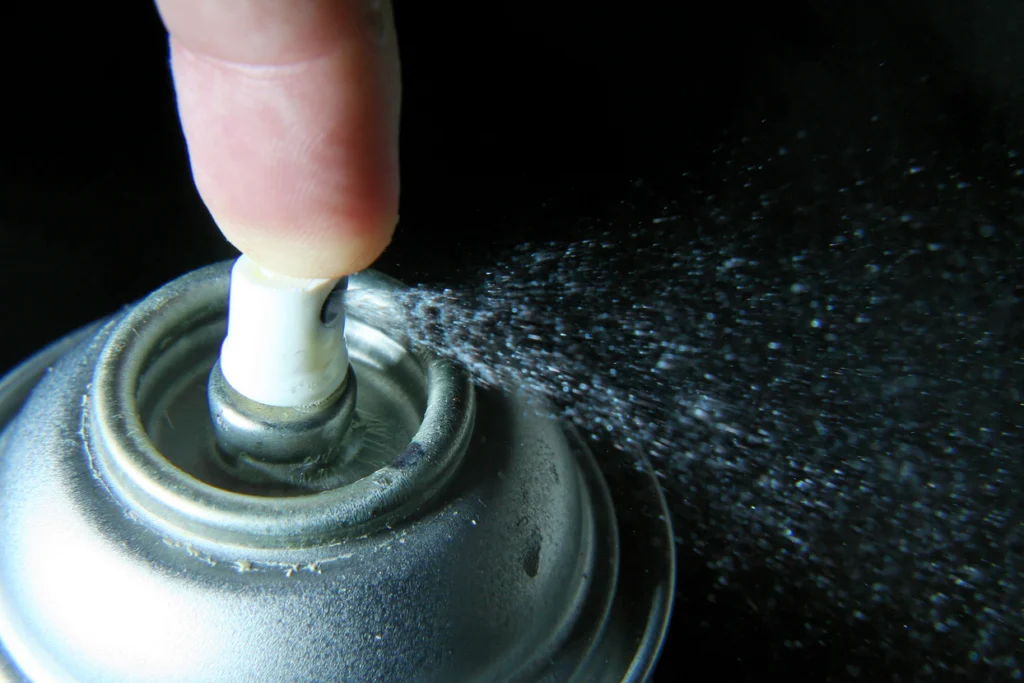
Before environmental concerns reduced their prevalence, aerosol cans produced a distinctive hissing sound that accompanied everything from hairstyling to deodorant application. The pressurized psssssht of hairspray being applied was particularly emblematic of the decade, as towering hairstyles required substantial chemical reinforcement to maintain their gravity-defying heights. The morning bathroom routine included a veritable orchestra of these hissing containers, from shaving cream to air freshener. Justrite gives a rundown of how to safely dispose of aerosol sprays and other volatile cans.
The sound of a spray-on tan being applied—a long, continuous hiss that moved methodically across the body—became particularly associated with the burgeoning beach culture of the era. Home products like Scotchgard fabric protector and spray starch for collars created their own distinctive acoustic signatures, slightly different from cosmetic products due to their nozzle designs. Environmental regulations and pump dispensers have largely replaced these sounds, but for those who lived through the ’70s, the hiss of an aerosol can instantly triggers memories of bathroom counters cluttered with canisters promising better living through chemistry.
4. The Snap, Crackle, and Pop of Vinyl Records
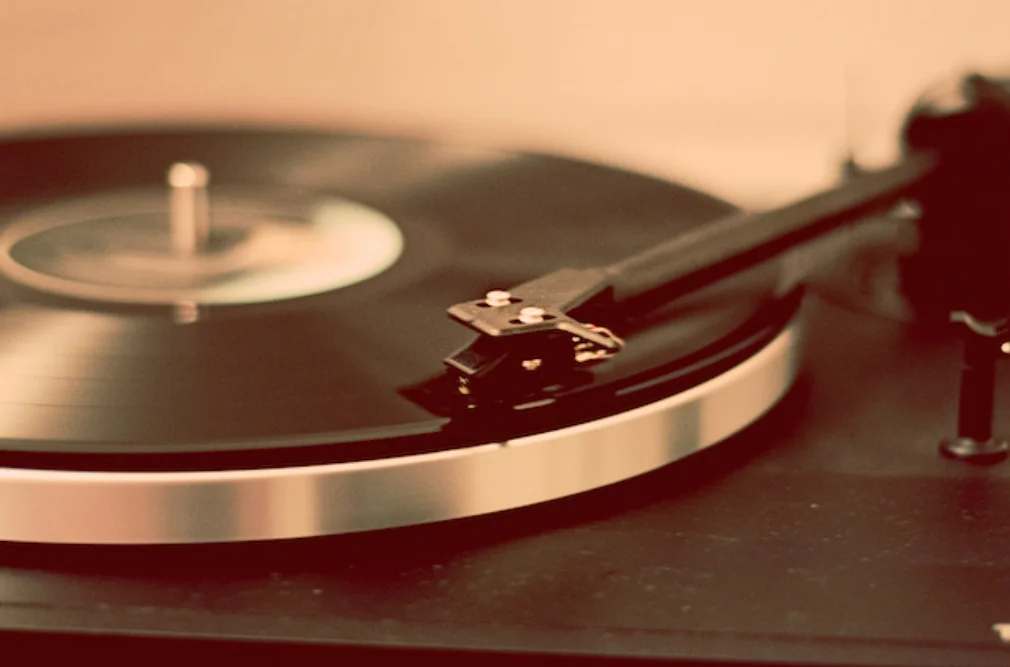
Before digital music’s clinical precision, vinyl records produced a warm sonic landscape that included not just the music but the physical presence of the medium itself. The initial crackle as the needle settled into the outer groove created a moment of anticipation that streaming music has eliminated. The rhythmic pop of dust particles or minor scratches became part of the listening experience, giving each album a unique sonic fingerprint. Like several other vintage treasures, according to The New York Times, vinyl records are selling really well, too well, even.
The sound of a record being carefully removed from its sleeve—a soft brushing whisper as cardboard released vinyl—was the opening note of the listening ritual. Between songs, that characteristic surface noise reminded listeners of the physical nature of sound reproduction, a feature that many audiophiles today actually miss in their digital libraries. These analog imperfections have become so nostalgic that modern digital producers sometimes deliberately add vinyl effects to new recordings, trying to recapture that sense of warmth and presence.
5. The Metal-on-Metal Clunk of Car Doors Closing
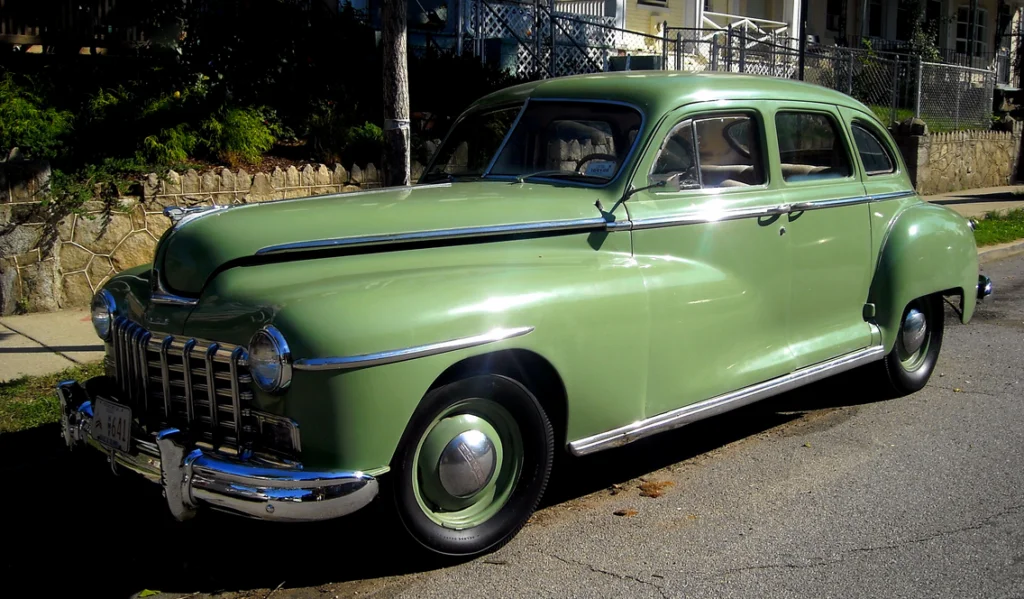
Before lightweight materials and sound-dampening designs became standard, closing a car door in the ’70s produced a substantial, metallic clunk that communicated solidity and security. American-made sedans and station wagons of the era, with their heavy steel construction, created a particularly authoritative sound that announced both arrivals and departures. The acoustic signature was so distinctive that families could recognize their particular vehicle being parked in the driveway without looking.
The sound was matched by the mechanical chunk of the door lock knobs being manually pushed down, often in sequence as parents secured children in the back seat. The hefty click of a key turning in the ignition followed by the grinding whir of the starter motor completed this symphony of mechanical transportation. Modern cars with their vacuum-sealed closures and push-button starts have engineered away these auditory experiences, prioritizing noise reduction over the satisfying mechanical feedback that once signaled quality construction.
6. The Satisfying Ka-chunk of Vending Machines
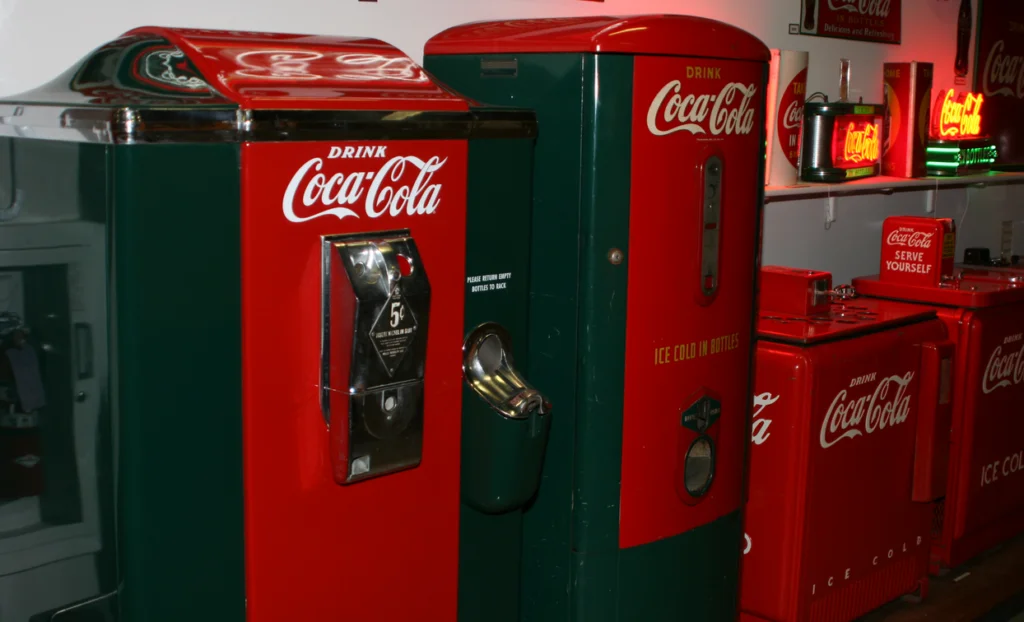
Vending machines of the ’70s announced a successful transaction with a series of deeply satisfying mechanical sounds. The initial clunk of coins dropping through the verification mechanism was followed by the distinctive sound of your selection’s letter-number combination being punched into the mechanical keypad. The climax came with that beautiful ka-chunk as the spiral mechanism released your candy bar or bag of chips, gravity delivering your purchase to the retrieval door at the bottom.
The sound was so intrinsically rewarding that people would sometimes shake machines hoping to trigger that same noise without paying—a practice manufacturers eventually discouraged with warning labels and tilt mechanisms. Soda machines created their own variation, with the distant clunk of a can being released followed by the rattle of its journey down the dispensing chute. Today’s machines with their silent electronic interfaces and gentle delivery systems might be more reliable, but they’ve lost the mechanical drama that made every purchase feel like you’d just successfully operated complex machinery.
7. The Mechanical Click-Whirr of Film Advancement
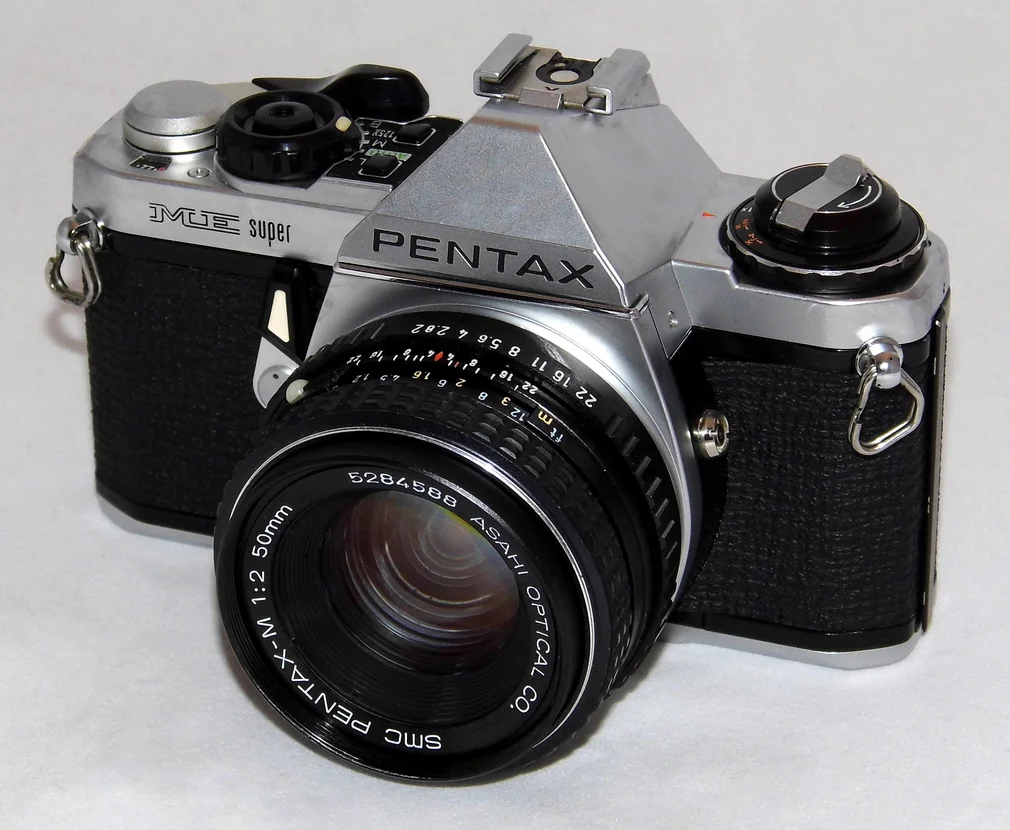
Before digital photography rendered it obsolete, the process of advancing film after each shot produced a distinctive sound that photographers of all skill levels would recognize. The lever action of manually advancing 35mm film created a satisfying mechanical click-whirr that confirmed your readiness for the next shot. Instamatic cameras with their drop-in film cartridges made a slightly different but equally distinctive ratcheting sound when their thumb wheels were turned.
The sound functioned as both practical feedback and a kind of photography percussion—during weddings or graduation ceremonies, you could hear dozens of cameras advancing almost in unison after key moments. Professional cameras like the Nikon F series had particularly authoritative advancement sounds, while the distinctive motorized whir of the Polaroid SX-70 ejecting a developing photo became the soundtrack of spontaneous memory capture. Today’s digital cameras include artificially produced shutter sounds specifically because manufacturers recognized how important that auditory feedback was to the photography experience.
8. The Buzz and Flicker of Fluorescent Tube Lighting

The distinctive electrical hum accompanied by an occasional flicker made fluorescent lighting instantly recognizable in schools, offices, and supermarkets throughout the decade. New tubes would start with an uncertain stutter—a series of brightening attempts accompanied by a crackling sound before finally establishing their steady buzz. The sound became so associated with institutional settings that it could trigger back-to-school anxiety or workplace stress just by its auditory signature.
In supermarkets, the cumulative effect of dozens of fixtures created a constant background drone that formed part of the shopping experience. Failing ballasts would produce an increasingly annoying buzz that might continue for weeks before maintenance finally replaced them, becoming a source of workplace complaints and lunchroom humor. While modern LED lighting has eliminated both the environmental impact and the irritating sound, that electrical hum was so pervasive that many people born in the era can still summon it from memory with perfect clarity.
9. The Distinctive Audio Signature of TV Sign-Offs

Before 24-hour broadcasting became standard, television stations would conclude their broadcast day with a sequence of sounds that became a cultural touchstone. The formal announcement—”We now conclude our broadcast day”—was often followed by the national anthem accompanying footage of waving flags or military imagery. The technical portion of the sign-off was marked by the high-pitched tone of the test pattern signal, followed by the abrupt drop to white noise static when the signal was completely cut.
For night owls and insomniacs, this audio sequence served as a kind of technological lullaby marking the absolute end of the day’s activities. The sudden static often prompted a family member to finally turn off the set, plunging late-night living rooms into silence. In the era before streaming and on-demand content, this auditory experience created a shared cultural moment—a nationwide technological curfew that signaled proper citizens should be heading to bed.
10. The Grinding Mechanical Churn of Ice Cream Makers
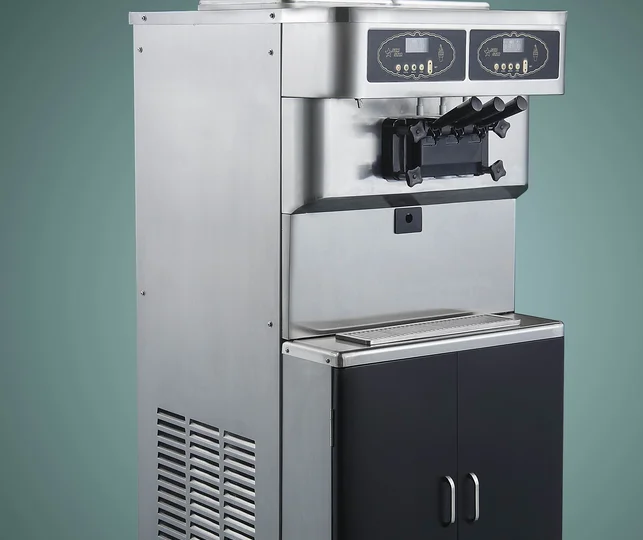
Summer gatherings often featured the distinctive sound of hand-cranked ice cream makers, with their wooden bucket exteriors and salt-ice cooling systems. The initial easy turning of the crank produced a loose sloshing sound as the cream mixture was still liquid. As freezing progressed, the crank became increasingly difficult to turn, creating a labored grinding noise that announced delicious results were imminent.
The sound became associated with community effort as family members would take turns at the crank, complaints about arm fatigue mingling with the mechanical sounds. Electric ice cream makers introduced in the decade produced their own sound—a motorized hum that would slow and strain as the mixture thickened, sometimes triggering concerns about burning out the motor. While modern ice cream machines are more efficient and quieter, they’ve eliminated the sonic narrative that once told the story of transformation from liquid to solid, work to reward.
11. The 8-Track Cartridge Ka-chunk
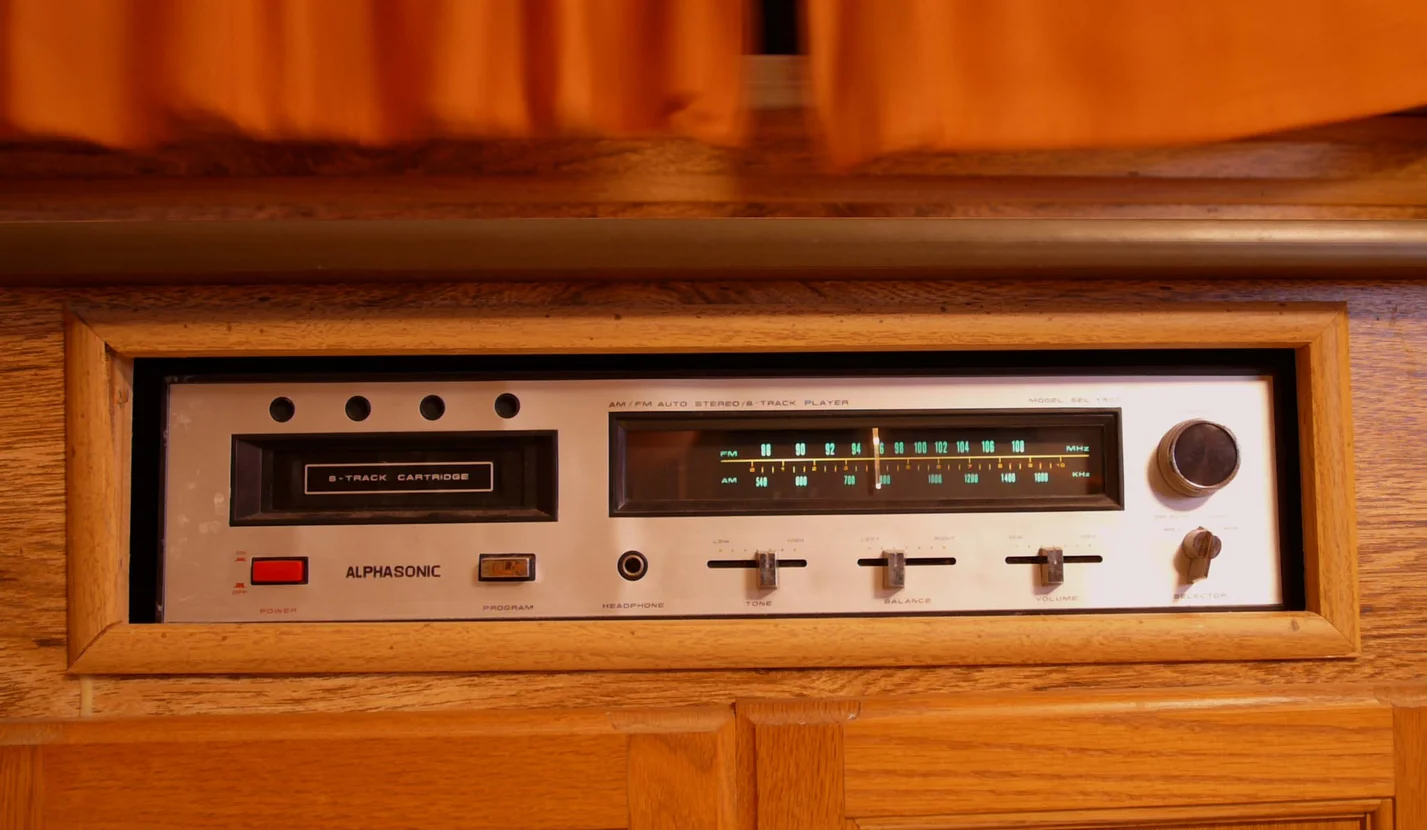
Before cassettes dominated mobile music, 8-track tapes created a distinctive chunking sound when they switched between programs. This mechanical noise would interrupt songs mid-verse, creating a brief suspenseful moment before music resumed. The sound became so familiar that listeners would anticipate it during favorite albums, mentally preparing for the interruption.
The auditory experience extended to the initial insertion of the cartridge, with its satisfying click as the tape engaged with the player’s mechanism. Car stereos mounted under dashboards would sometimes require a firm push, producing a solid thunk that vibrated through the vehicle’s interior. While certainly less convenient than streaming music, the physical and audible interaction required by 8-track systems created a more intentional relationship with music selection and playback.
12. The Rewinding Squeal of Cassette Tapes
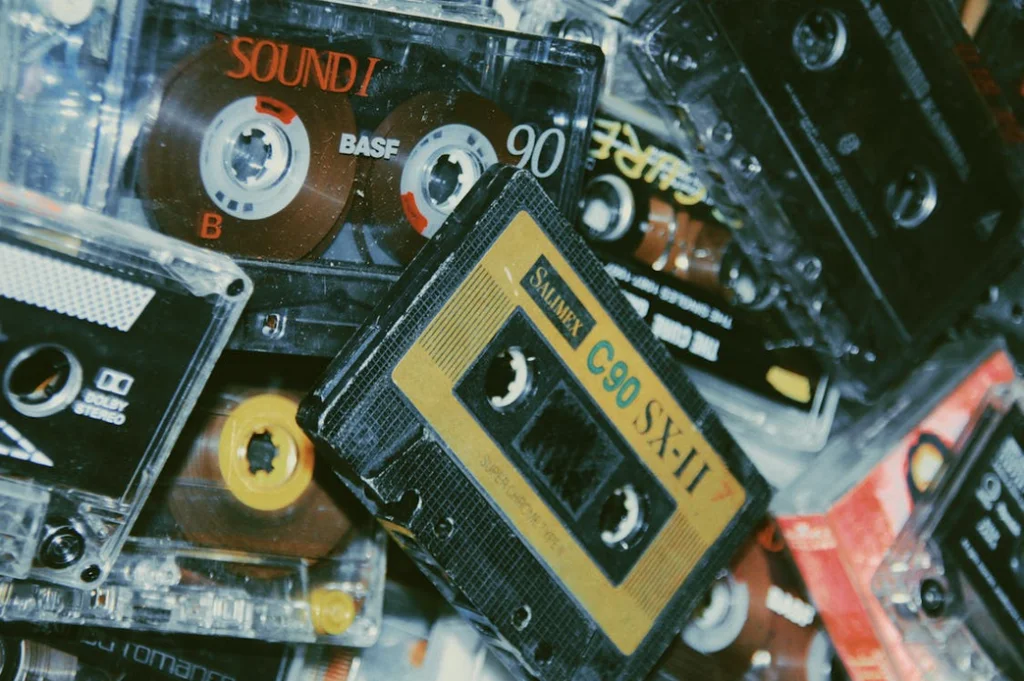
The high-pitched mechanical whine of a cassette tape being rewound was an exercise in both patience and anticipation. Whether using the dedicated rewind button or the higher-speed technique of pressing rewind and play simultaneously (despite warnings about tape damage), the sound signaled preparation for another listen to a favorite song. The pitch would gradually increase as the spools gained speed, followed by the abrupt stop when the tape reached its beginning.
This sound often filled bedrooms as teenagers created mix tapes, the rewinding process providing time to consider the next perfect song selection. In car stereos, the slightly different mechanical tone of auto-reverse decks switching direction became a point of pride for owners of higher-end systems. The satisfying click at the conclusion of rewinding provided both auditory and tactile confirmation that you’d returned to the beginning, ready to experience the music again.
13. The Public Address System Microphone Feedback
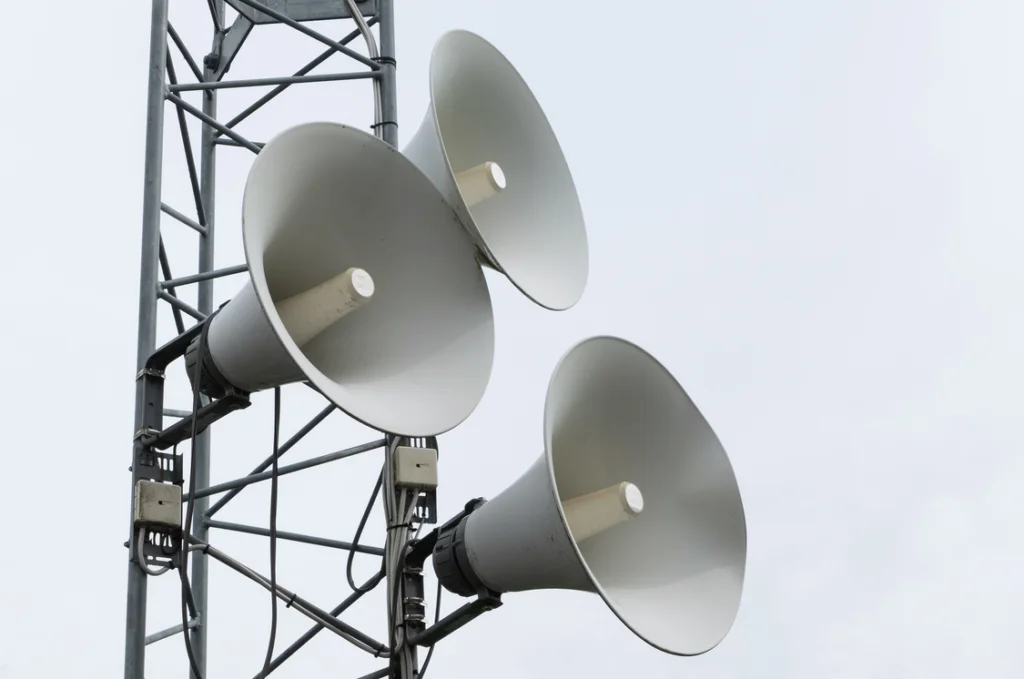
School announcements and community events were regularly punctuated by the distinctive high-pitched squeal of microphone feedback. The principal’s morning announcements often began with this ear-piercing sound as they adjusted the microphone, creating a collective wince throughout the school building. Public address systems with their limited fidelity created a particular hollow, tinny quality to amplified voices that immediately signaled Official Information was forthcoming.
The sound became so associated with authority that it featured prominently in movie scenes depicting school settings or community meetings. The technique of tapping the microphone while asking “Is this thing on?”—producing a series of booming thuds through the speakers—became a standard opener for anyone addressing a crowd. Today’s digital sound systems with automatic feedback suppression have eliminated this once-common acoustic experience, though it remains preserved in films depicting the era.
14. The Mechanical Ding of Gas Station Service Bells

Before self-service became the norm, pulling into a gas station would trigger a rubber hose that rang a bell inside the station, summoning an attendant to your vehicle. The distinctive “ding-ding” sound announced your arrival and initiated the full-service experience of having your windows cleaned and oil checked while your tank was filled. The bell’s tone varied slightly from station to station, but its function was universally understood.
This sound represented a service relationship that has largely disappeared—the expectation that purchasing fuel included human interaction and vehicle maintenance checks. Some premium stations had multiple tones to indicate which pump needed service, creating a coded language that employees quickly learned to interpret. While a few places (particularly in Oregon and New Jersey where self-service remains restricted) still maintain this practice, the sound has largely vanished from the American auditory landscape.
In our modern world of touch screens and silent electronics, these mechanical sounds have been engineered away in the name of efficiency, convenience, and noise reduction. Yet for those who lived through the 1970s, these lost sounds form a kind of acoustic time capsule—each one capable of triggering memories with remarkable specificity. Perhaps what we’ve gained in convenience has come at the cost of sensory richness, as today’s children will never know the satisfying mechanical feedback that once accompanied even the most mundane daily activities.


